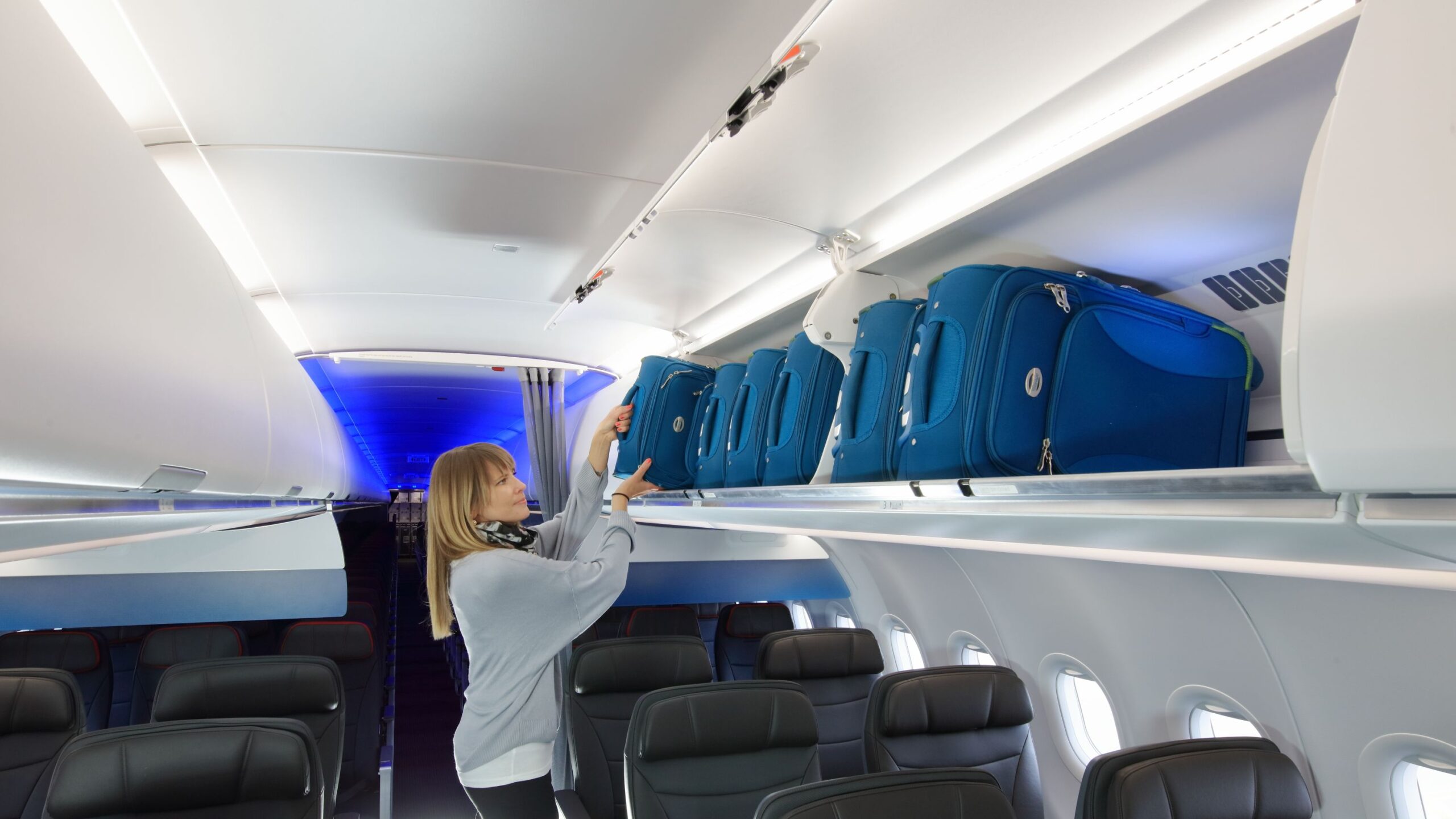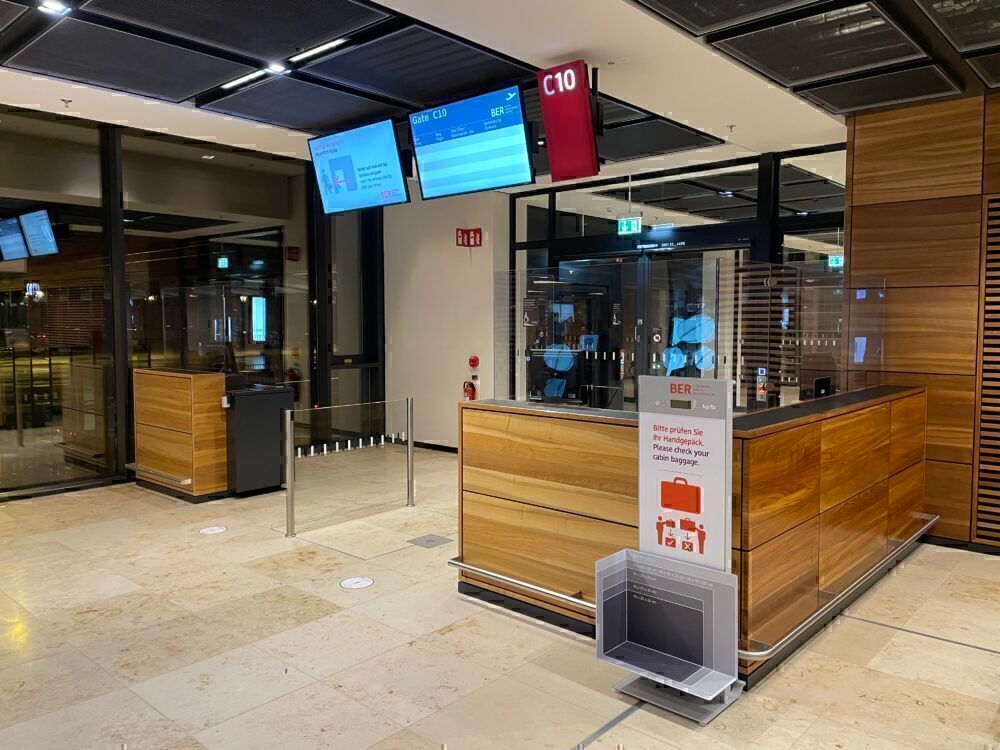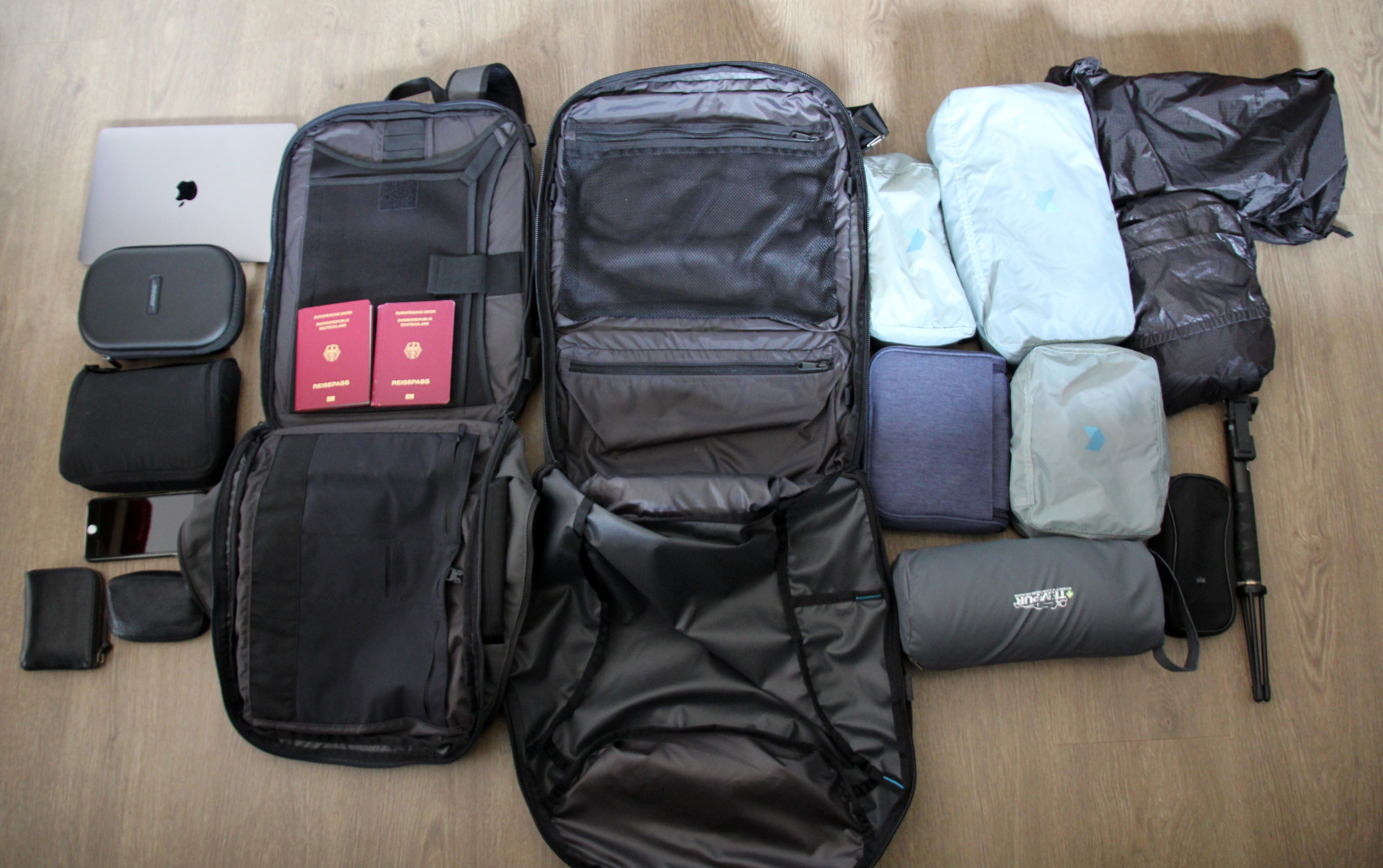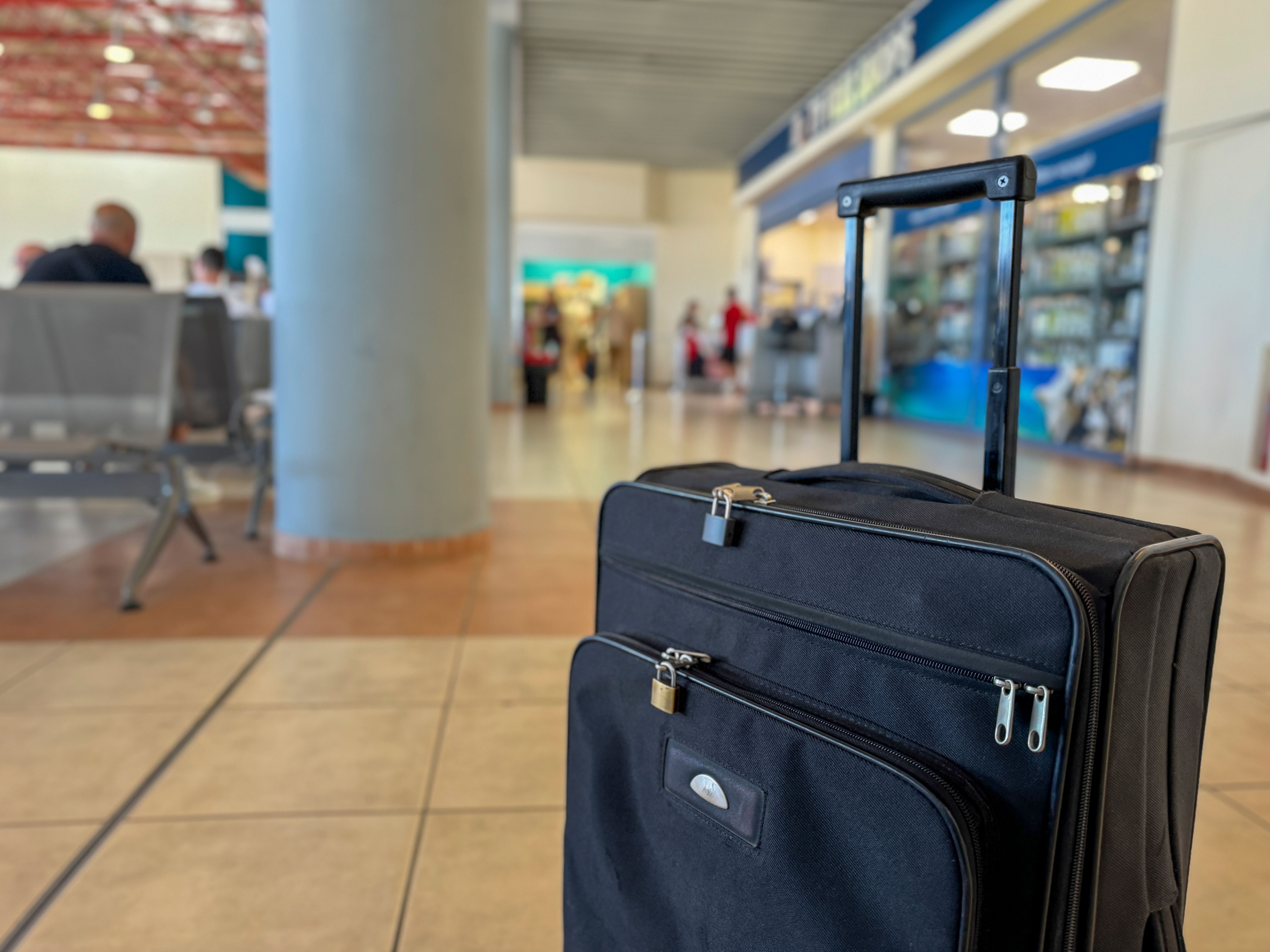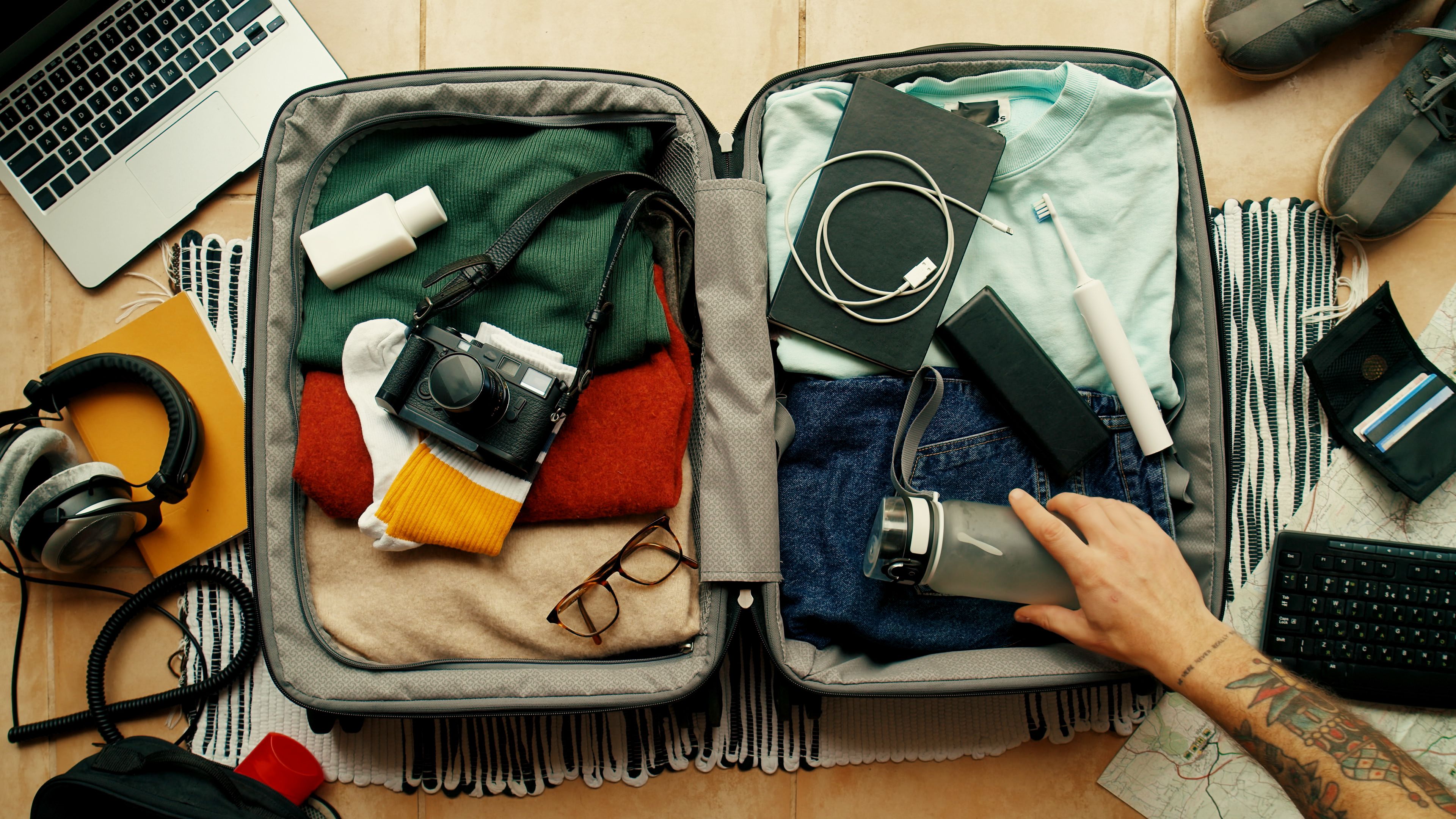Summary
- Use bags that fit airline requirements & look for flexible options like compression straps.
- Pack light, essentials only, and consider buying items on arrival to save space.
- Maximize space in your bag by packing efficiently, utilizing packing cubes, and remembering extra item allowances.
Budget carriers have redefined the way people travel. With minimal to no checked baggage allowance, passengers often struggle to find ways to carry their belongings for the trip in hand luggage, without paying expensive fees for checked luggage.
Most legacy carriers still allow hand luggage without an additional fee, meaning passengers need only pack the essentials in their carry-ons. Still, it’s a good idea to pack smarter and make good use of the allowance. This article lists tips on how to make the most of minimal hand luggage.
1
Use the right bag
The most important consideration is to get hold of the right bag. It must meet airline hand luggage requirements and this needs to be checked carefully, particularly with the stricter low-cost airlines. Dimensions and weight allowance vary between airlines, but many shops will sell carry-on bags specifically designed to be within standard industry dimensions.
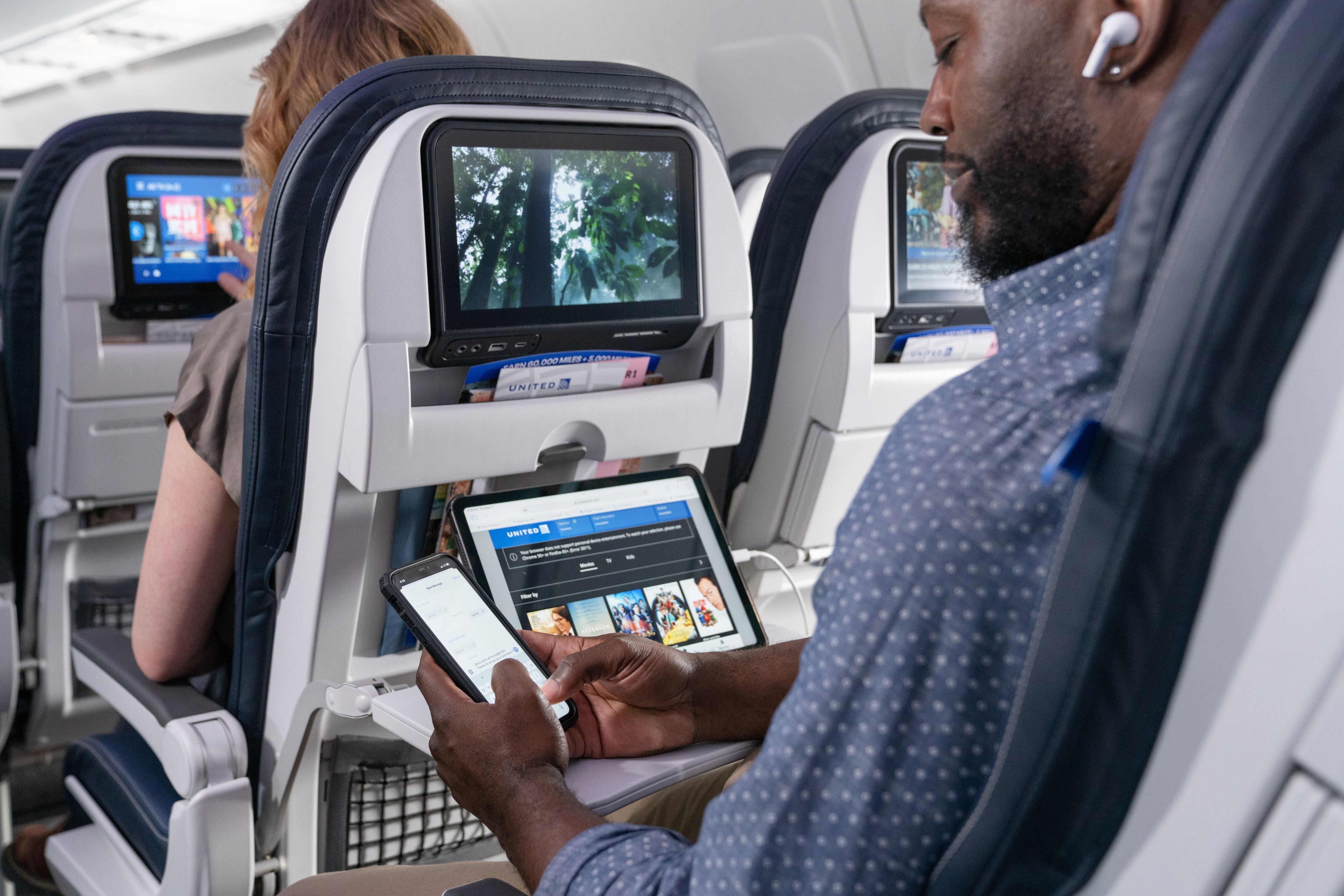
Related
Laptop, Tablet, Liquids: 5 Things To Take Out Of Your Bag At Airport Security
Get to know these rules for faster security checkpoint experience.
The standard is often 52 x 45 x 25cm, but you will need to check the exact requirements with all airlines you plan to use. Remember, height, width, and depth are all important – it is no good if the bag is just over on one of these measurements but fine on the others.
Consider flexible or non-rigid bags, as these are more amenable to squeezing in. Compression straps or expandable bags are useful too – you can always make these a bit bigger for use outside the aircraft too. Meeting size requirements is vital, but there are lots of options within the allowable size.
Photo: Tom Boon – Simple Flying
Passengers should find a bag that maximizes the available allowance and suits your packing style. Having one large compartment, for example, is a more flexible option; some people prefer having separate compartments.
2
Pack the essentials
It may sound obvious, but there is a lot of scope to be flexible about what you pack. The old advice to lay out everything you need for a trip and then halve it is not very scientific, but it’s a good guide! Taking less helps with luggage requirements and also makes for an easier trip – particularly if you are moving around a lot.
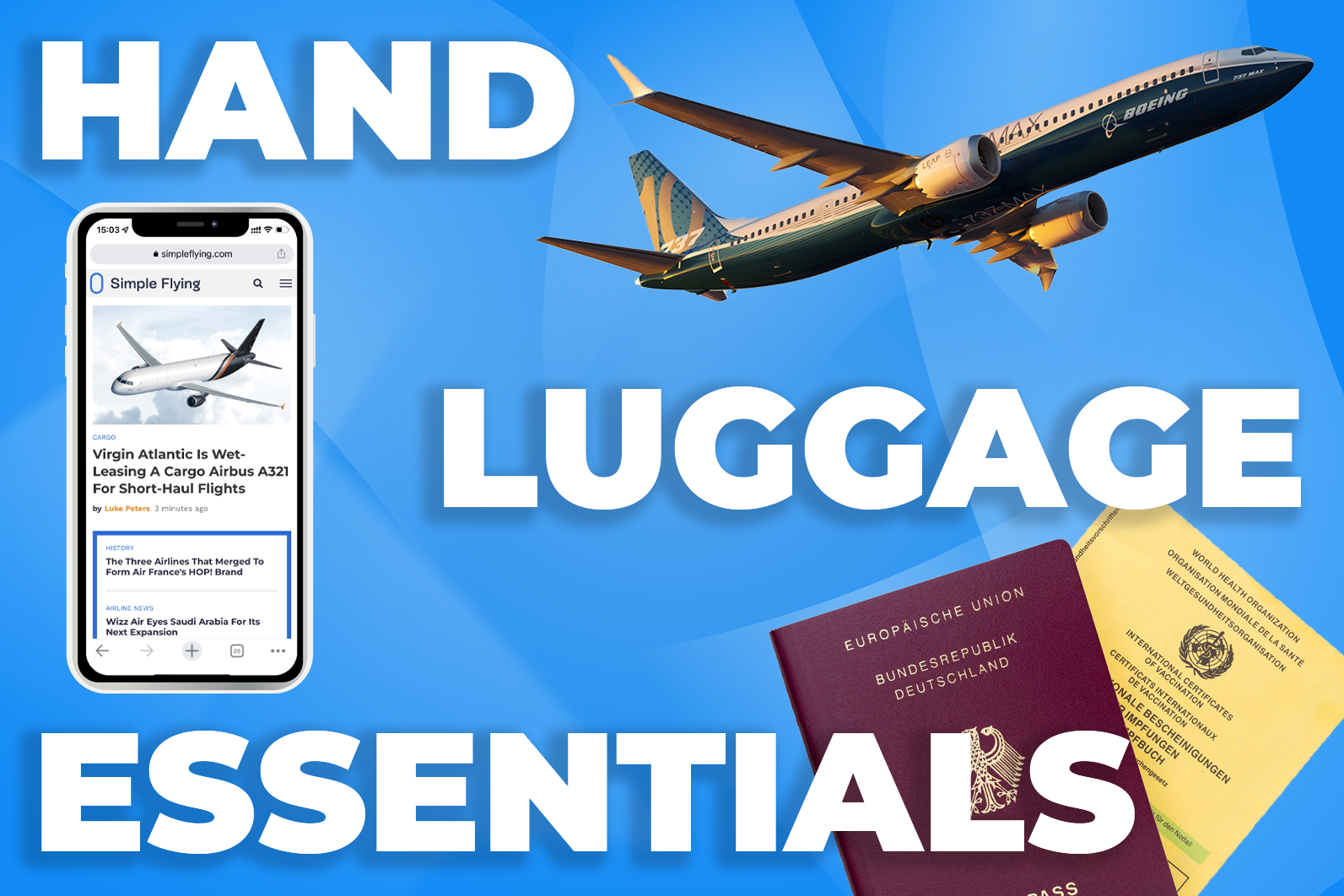
Related
The 5 Most Essential Things To Pack In Your Hand Luggage
Be stress-free and make your flight more comfortable.
For a short trip, this might mean just taking less clothes and extras. Do you really need them? Light and easily packable clothing is of course sensible as well. There are many good travel brands that design clothes specifically for this purpose.
Think about the electronics you need. These are essential for most travelers these days, but there are ways to cut down. Can cables be shared between items? Could you make use of a USB splitter? And do you really need a phone, a laptop and a tablet for the trip?
3
Purchase items after arrival
Remember, you can buy items on arrival – this is especially important on longer trips where you need extra supplies. Toiletries and simple clothing can be bought quickly and easily in pretty much any country. Larger items like shoes, sandals and books can also be bought. This may seem like an additional cost, but bear in mind that doing so can be a lot cheaper than purchasing extra luggage.
Photo: TTStock | Shutterstock
4
Pack your bag well
There are plenty of strategies to help fit more into a bag. Just make sure you stay aware of the overall airline weight limit. Pack heavier items at the bottom of the bag, and lighter ones on top. Rolling items rather than keeping them all flat is helpful too. If you are packing shoes (or other larger items) don’t forget that you can squeeze something inside. Before your trip, try a few different ways to pack items – you may be surprised at the differences!
Photo: BublikHaus | Shutterstock
Many travelers like to use packing cubes or compression bags to compress items and fit more in. This might leave clothes a bit more creased, but it is a proven way to fit more in.
Finally, don’t forget that you can take more onboard than just one bag. Many airlines allow a second, smaller bag or “personal item,” typically a handbag, laptop bag or shopping bag. This usually has to fit under the airline seat and is an obvious place to put the things you need during the flights, but there could be some extra space there to use as well.
You will generally be allowed an extra bag for bringing food and drinks onboard the plane and any duty-free or airport shopping in the terminal, even with the stricter airlines that don’t permit a second “personal bag”.
Don’t forget to think about what you wear on the flight too. To maximize luggage space, wear your bulkiest clothes and shoes onto the aircraft. However, you might want to avoid what the following passenger did…
You will, of course, also be able to wear or carry any jacket you want to take, even if it’s a bit strange when boarding on a warm day. If you want to really stretch it out, remember you can also put some things into jacket pockets.
There are so many things to consider when traveling with hand luggage and so many different ways to save on space. Everyone has their favorite strategies. Feel free to share your advice and success stories in the comments.

